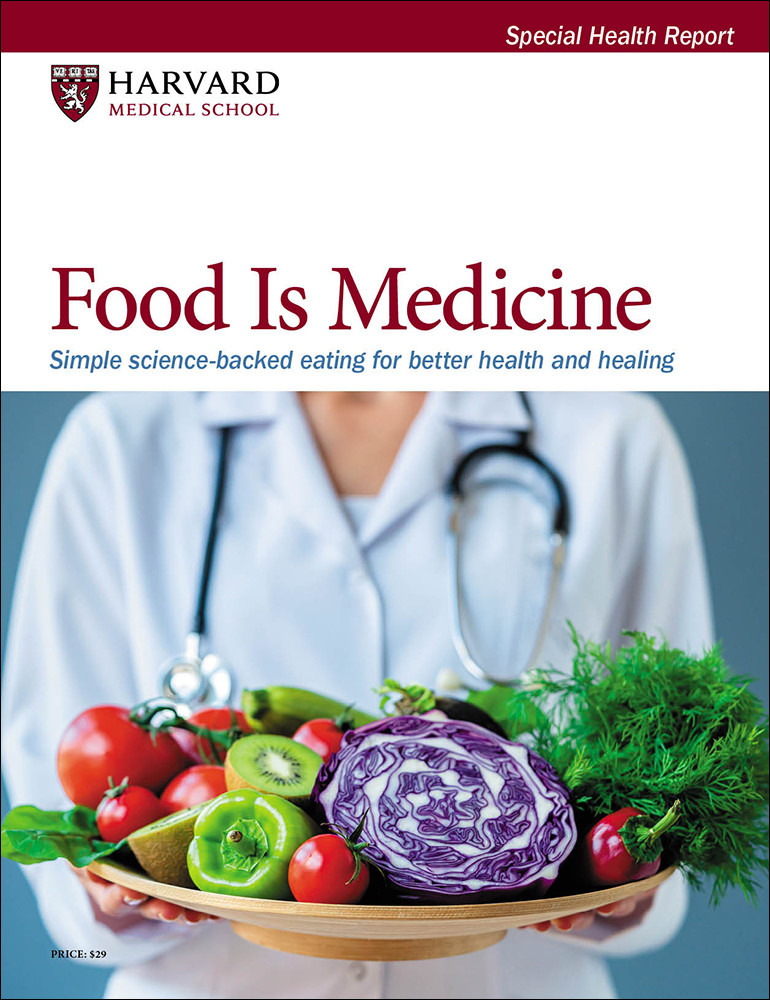How do foods nourish your body?
Nourishing your body begins, of course, with eating—a process of breaking down foods into smaller and smaller bits and moving them through your digestive tract (also known as your gut). First, you chew and swallow your food; then, it’s broken down further by enzymes in the stomach. Next, it passes into the small and large intestines, where nutrients and water are absorbed and waste is eventually excreted.
But your gut isn’t just a food passageway. It’s sometimes called a second brain, because it contains a huge network of nerves that communicate with the brain as well as with your immune and nervous systems. It’s also home to trillions of species of bacteria, fungi, and other microorganisms—a flourishing ecosystem known as the gut microbiome.
The “good” bacteria in your microbiome are essential for many processes that keep you healthy. They break down nutrients to make them more absorbable and help destroy harmful organisms that could make you sick. They also make nutrients on their own. For example, some gut microorganisms produce vitamin K, an essential factor in blood clotting.
Gut bacteria also ferment fiber into short-chain fatty acids, such as acetate, propionate, and butyrate. These short-chain fatty acids are anti-inflammatory compounds involved in managing blood sugar and cholesterol, bolstering immunity, and other processes. In fact, emerging science suggests that a healthy, diverse microbiome may help prevent or manage chronic diseases like inflammatory bowel disease, diabetes, heart disease, and cancer—and it can also support better brain health.
Eating a variety of plant foods—particularly fruits, vegetables, beans, whole grains, nuts, and seeds—helps your microbiome thrive. These foods supply plenty of fiber—a main fuel for those beneficial microbes. Eating a wide range of plant foods helps ensure a diversity of gut microbes, too.
The role of probiotics and prebiotics. You can boost your microbiome by regularly eating aged and fermented foods like yogurt, sauerkraut, kombucha, and kimchi. These foods are rich in probiotics—beneficial microorganisms that support and add to the microbial populations already in your gut. Probiotic supplements are another option, but they can be pricey—and they’re limited to just the bacterial species listed on the label. By getting your probiotics from foods, you’ll ensure you get a wide range of naturally occurring beneficial bugs.
Another way to support a healthy microbiome is to focus on foods rich in prebiotics—compounds that feed gut bacteria. Some of the most well-known prebiotics are inulin (found in foods such as leeks, asparagus, chicory root, garlic, and wheat) and resistant starches (in beans, peas, plantains, and potatoes). Prebiotics are also available in supplements and added to some foods. But keep in mind that simply eating a fiber-rich diet that includes plenty of plant foods will go a long way toward keeping your gut bacteria well fed.












